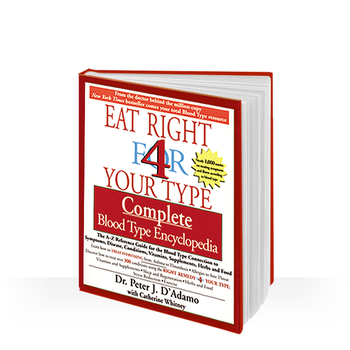A wikipedia of Dr. D'Adamo's research
See AlsoDescriptionPurine is a heterocyclic aromatic organic compound, consisting of a pyrimidine ring fused to an imidazole ring. The general term purines also refers to substituted purines and their tautomers. Two of the bases in nucleic acids, adenine? and guanine, are purines. In DNA?, these bases form hydrogen bonds with their complementary pyrimidines thymine? and cytosine?. In RNA, the complement of adenine is uracil (U) instead of thymine.
Adenine Guanine The hydrogen bonding modes are for classical Watson-Crick base pairing. Other hydrogen bonding modes are seen in both DNA and RNA. Of significance, the additional 2'-hydroxyl group of the ribose moiety in RNA expands the configurations through which RNA can form hydrogen bonds. Other notable purines are xanthine, hypoxanthine, theobromine, caffeine and uric acid. Purines are biochemically significant as components of DNA and RNA, and are also found in a number of other important biomolecules, such as ATP, GTP, cyclic AMP, NADH, and coenzyme A. DiscussionLinksAttribution
|
COMPLETE BLOOD TYPE ENCYCLOPEDIA
The Complete Blood Type Encyclopedia is the essential desk reference for Dr. D'Adamo's work. This is the first book to draw on the thousands of medical studies proving the connection between blood type and disease. Click to learn more
Click the Play button to hear to Dr. Peter J. D'Adamo discuss .
|
The statements made on our websites have not been evaluated by the FDA (U.S. Food & Drug Administration).
Our products and services are not intended to diagnose, cure or prevent any disease. If a condition persists, please contact your physician.
Copyright © 2015-2023, Hoop-A-Joop, LLC, Inc. All Rights Reserved. Log In

